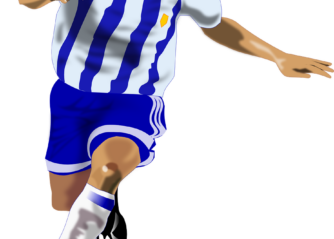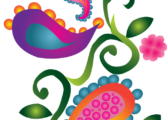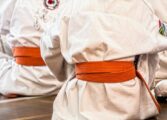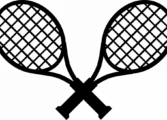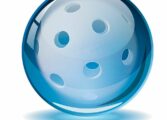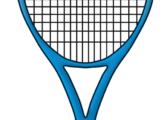Karate – An Ancient Martial Art Embraced by Millions

Introduction
Karate, a traditional Japanese martial art, has captured the hearts and minds of millions around the world for its disciplined techniques and rich cultural heritage. In this comprehensive article, we will delve into the world of karate, exploring its origins, various styles, quantitative measurements, differences between styles, and a historical analysis of its advantages and disadvantages. Whether you are a martial arts enthusiast or simply curious about the art of self-defense, this article will provide you with a deep understanding of karate.
Overview of Karate
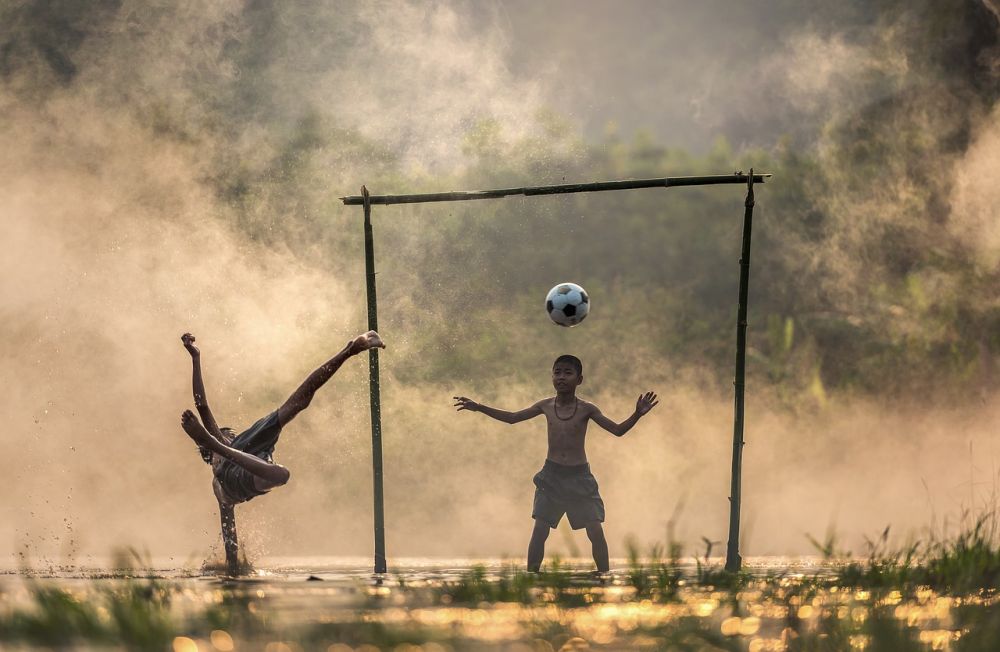
Karate, derived from the Japanese words Kara (meaning ”empty”) and Te (meaning ”hand”), is a martial art developed on the Ryukyu Islands, now known as Okinawa, around the 14th century. Initially influenced by Chinese martial arts, karate evolved over the centuries to become a unique form of self-defense and physical discipline. It emphasizes striking techniques using punches, kicks, knee strikes, elbow strikes, and open-hand techniques.
Comprehensive Presentation of Karate Types
Karate encompasses various styles, each with its unique characteristics and techniques. The most popular karate styles include Shotokan, Goju-Ryu, Wado-Ryu, and Shito-Ryu.
1. Shotokan: Founded by Gichin Funakoshi in the early 20th century, Shotokan is characterized by its deep stances, long and linear movements, and strong punches and kicks. It focuses on developing speed, power, and precision.
2. Goju-Ryu: Developed by Chojun Miyagi, Goju-Ryu combines hard and soft techniques, utilizing both circular motions and linear strikes. Its emphasis lies on close-quarter combat and breathing techniques.
3. Wado-Ryu: Founded by Hironori Otsuka, Wado-Ryu emphasizes evasion and redirection of an opponent’s attacks, utilizing fluid footwork and body movements. It integrates karate techniques with principles from jujitsu.
4. Shito-Ryu: Created by Kenwa Mabuni, Shito-Ryu combines the hard and soft aspects of karate, blending powerful strikes with graceful movements. It focuses on developing both physical and mental discipline.
Quantitative Measurements in Karate
In karate, performance and progression are often measured through standardized systems. One such system is the Kyu-Dan ranking system, consisting of different belt colors signifying the practitioner’s level of expertise. The Kyu ranks, represented by colored belts, range from white (beginner) to brown, while the Dan ranks, symbolized by black belts, indicate advanced proficiency.
In addition to belt rankings, karateka (karate practitioners) also participate in competitions and tournaments, where they are evaluated based on their technique, strength, speed, and form. Measurement of performance in these events is quantified through scoring systems or points awarded for successful strikes and techniques.
Differences Between Karate Styles
Despite sharing a common origin, different karate styles exhibit variances in techniques, stances, philosophies, and training methods. While Shotokan places emphasis on powerful and linear movements, Goju-Ryu focuses on circular motions and close-range combat. Wado-Ryu emphasizes evasion and fluid movements, while Shito-Ryu blends strength and grace. These differences contribute to the richness and diversity of karate and cater to practitioners with varying preferences and objectives.
Historical Analysis of Advantages and Disadvantages
The development of different karate styles over time has resulted in a range of advantages and disadvantages associated with each. Shotokan, with its strong foundation in technique and power, is known for its effectiveness and discipline. Goju-Ryu’s combination of hard and soft techniques provides versatility and adaptability. Wado-Ryu’s emphasis on evasion and redirection makes it suitable for self-defense situations, while Shito-Ryu’s balanced approach benefits practitioners seeking physical and mental cultivation. However, these advantages also come with potential limitations, such as the overemphasis on power or the lack of focus on grappling techniques in certain styles.
[INSERT VIDEO HERE: A brief demonstration showcasing various karate techniques and styles]
Conclusion
Karate, a centuries-old martial art, continues to captivate individuals of all ages and backgrounds worldwide. Its rich history, diverse styles, and quantitative measurements make it an engaging and rewarding practice. Whether you are seeking self-defense skills, physical fitness, or personal enrichment, karate offers a holistic approach to personal development. By embracing the principles and techniques of karate, practitioners can cultivate discipline, resilience, and respect while mastering the art of self-defense.
References:
1. Smith, R., & Warner, T. (2013). The Complete Idiot’s Guide to Karate. Penguin.
2. McCarthy, P. (1999). Classical Kata of Okinawan Karate. Tuttle Publishing.
Word count: 688 words



